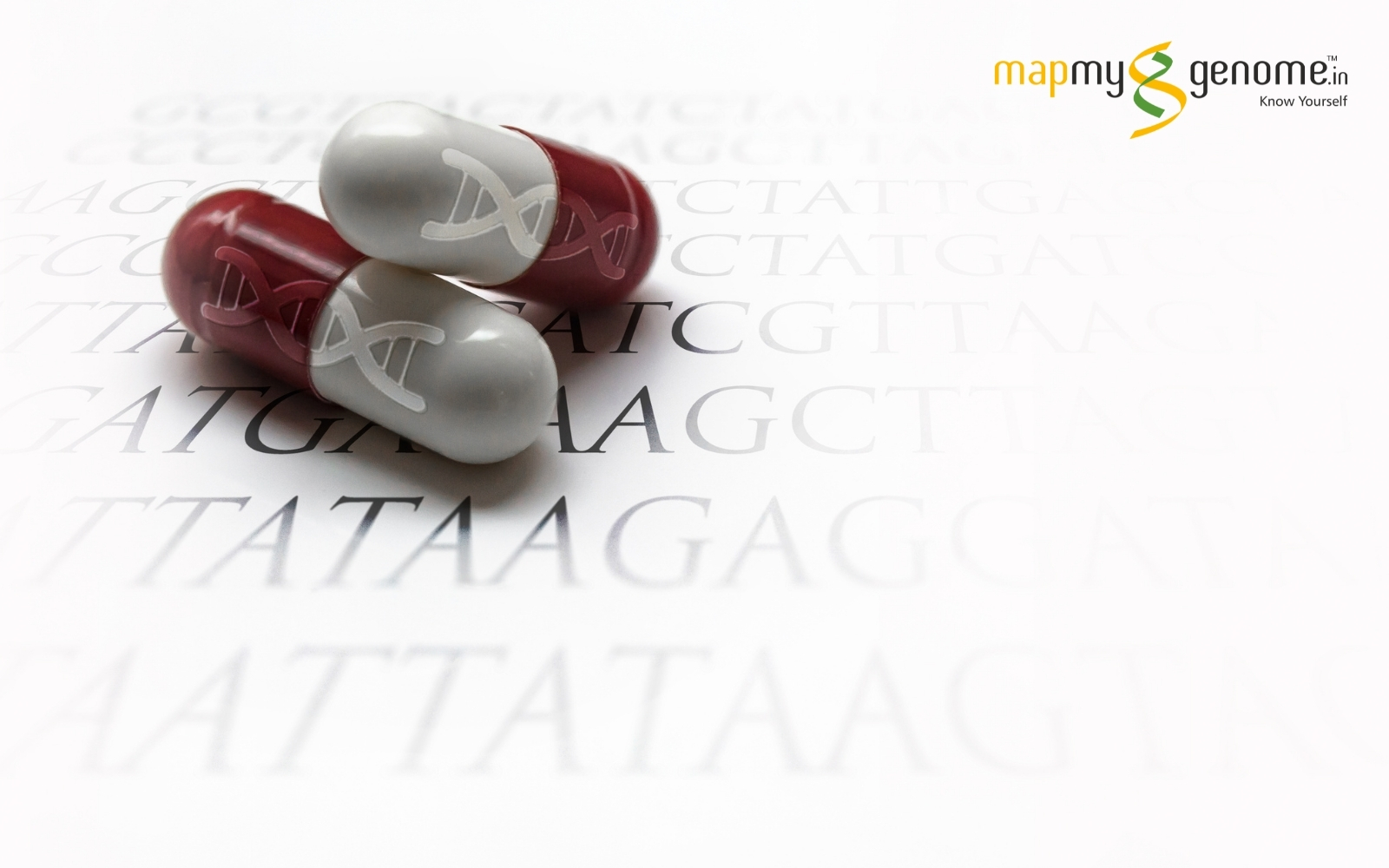
What if there is a way one gets access to personally tailored medicines, especially with the commonly used drugs?
By definition medicine means a drug for the treatment or prevention of disease. NOT TO CAUSE DISEASE. The medicine we consume has to break down to reach the intended location and have desired effect.
From breakdown to functioning of the medicine, DNA plays a major role in different levels. Let’s dive into this with a few examples.
Drug receptors: A few types of drugs have to be attached to the receptors present on the cells to work properly. The DNA determines what type of receptors are present and how many receptors, which affects drug response of a person.
Drug Breakdown: Different enzymes actively break down the drugs for specific function. DNA determines how effective the enzymes will be. If the enzymes can break a drug rapidly, it will not be available and people may need more dosage of the drug than the stipulated quantity. At the same time if the enzymes can’t break the drug effectively they may need less dosage than normal levels.
Similarly, there are different ways where the DNA interacts with drugs. Throwing light on the functioning of one of the most common prescribed medicines will give us an understanding about the DNA-drug interactions.

Our very popular Flurbiprofen
Flurbiprofen (brand name Ansaid) belongs to the NSAID (Nonsteroidal anti inflammatory drugs) drug class and it is estimated that more than 30 million people take NSAIDs daily, worldwide. Flurbiprofen is prescribed in the management of pain, swellness and joint stiffness from osteoarthritis and rheumatoid arthritis.
Alike all NSAID, Flurbiprofen increases the risk of serious gastrointestinal (GI) adverse events such as bleeding, ulceration, and perforation and serious cardiovascular events, including myocardial infarction and stroke which can be fatal.
Code Number CYP2C9 !
CYP2C9 is the enzyme which is mainly present in the metabolism of the drug Flurbiprofen. It belongs to the superfamily CYP450 ( cytochrome P450 ), a diverse and large group of enzymes which breaks down drugs, toxins, lipids and hormones in the liver. The CYP450 gene family is highly polymorphic and can affect enzyme activity.
CYP2C9 gene is highly polymorphic and known to have approximately 60 alleles. The CYP2C9*2 ( rs1799853 ) and CYP2C9*3 ( rs1057910 ) are the alleles which are associated with the decreased enzyme activity. Individuals with one normal function allele and one decreased function allele are categorized as intermediate metabolizers and individuals with two decreased function alleles are categorized as poor metabolizers.
Research shows that the CYP2C9 intermediate or poor enzyme activity can have increased drug exposure due to decreased metabolism when taking standard doses of flurbiprofen. The FDA drug label recommends reducing the Flurbiprofen dosage for poor metabolizers.
Click here to understand the basics of how variations in the DNA can influence enzyme activity or drug metabolism>
However there is no sufficient research to support that the poor and intermediate metabolizers have adverse effects such as serious cardiovascular and gastrointestinal events.
In a similar way the DNA plays a crucial role in the metabolism of different drugs. By reading the DNA we get to know how good we are metabolizing the drugs, saving ourselves from its adverse effects.
Click here to read how a single nucleotide change in the DNA can affect individuals’ health and how can individuals improve their health by reading their DNA >
This is where MedicaMap comes into play. Mapmygenome with the vision to provide better health for everyone has developed this indigenous toolkit to help people know their drug response profile based on their DNA.
Discover-दवाई(Medicine) and Know yourself with Medicamap.
Sources:
https://pubmed.ncbi.nlm.nih.gov/10225536/
https://www.ncbi.nlm.nih.gov/books/NBK537365/
https://www.cdc.gov/genomics/disease/pharma.htm







